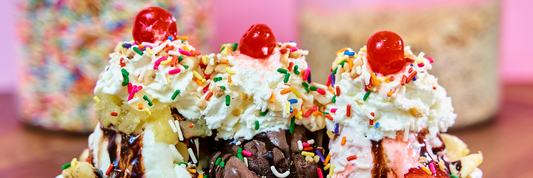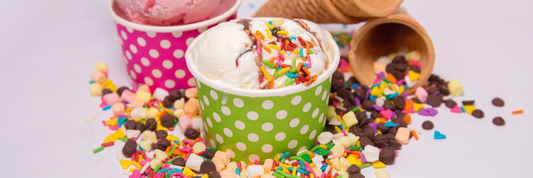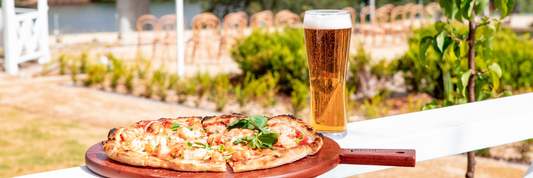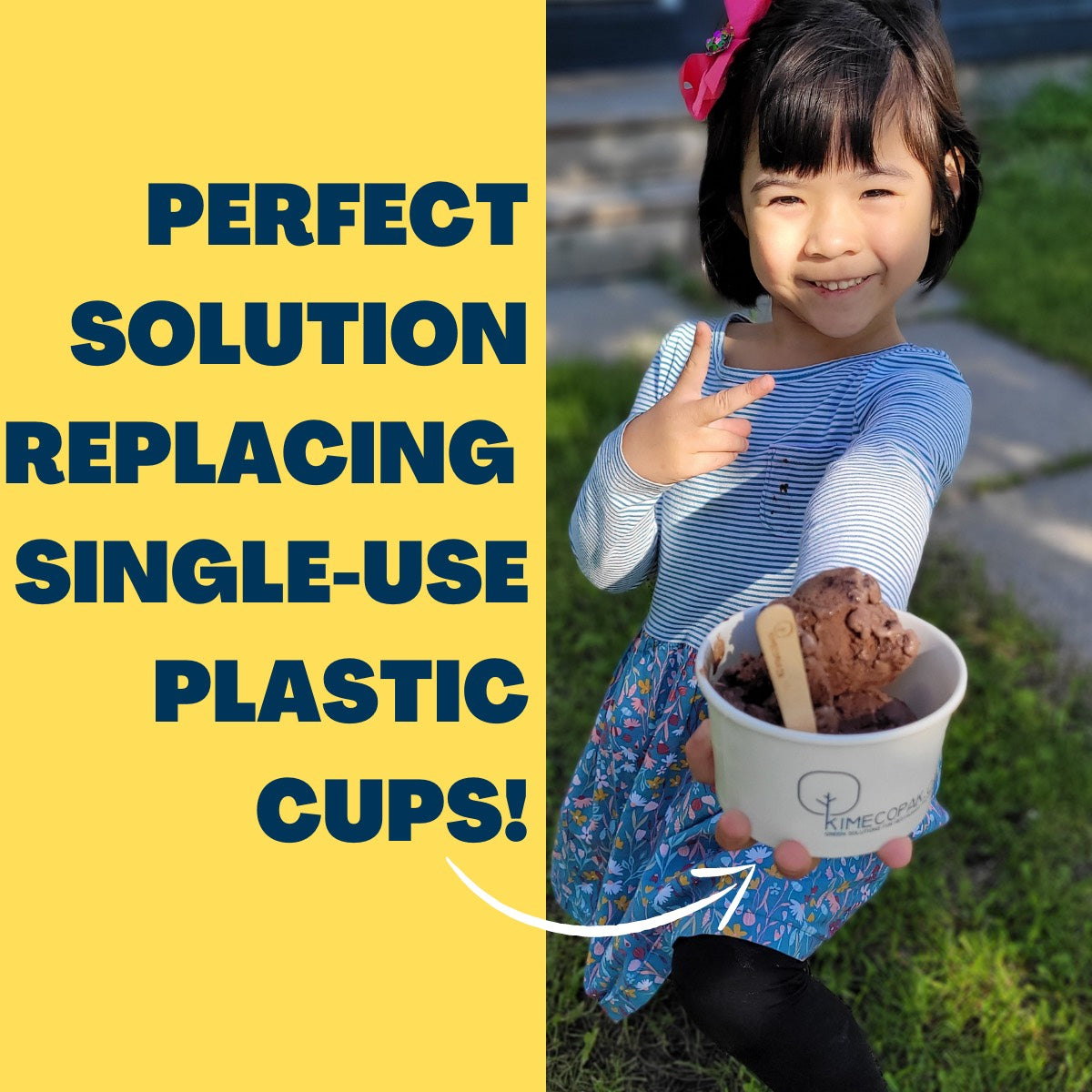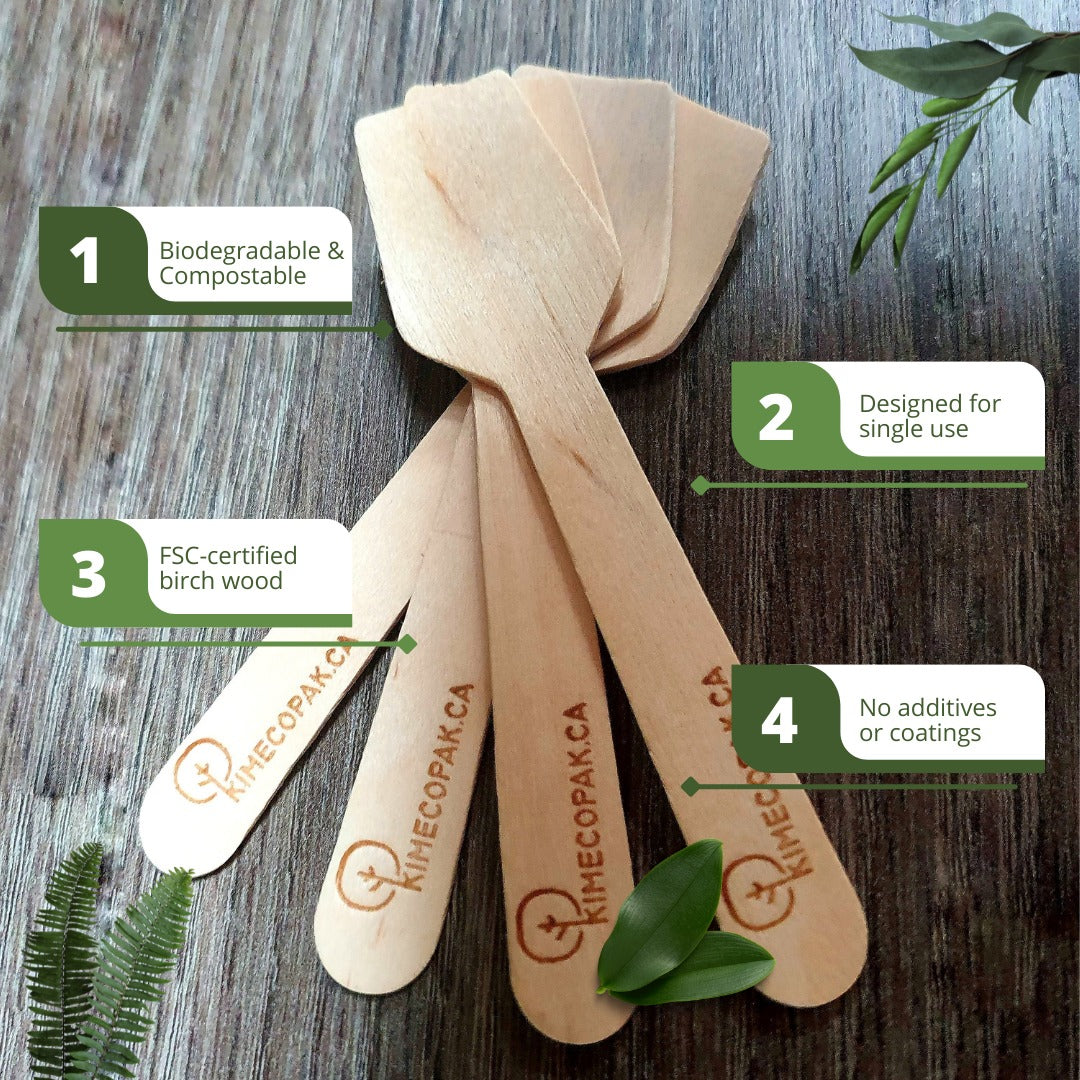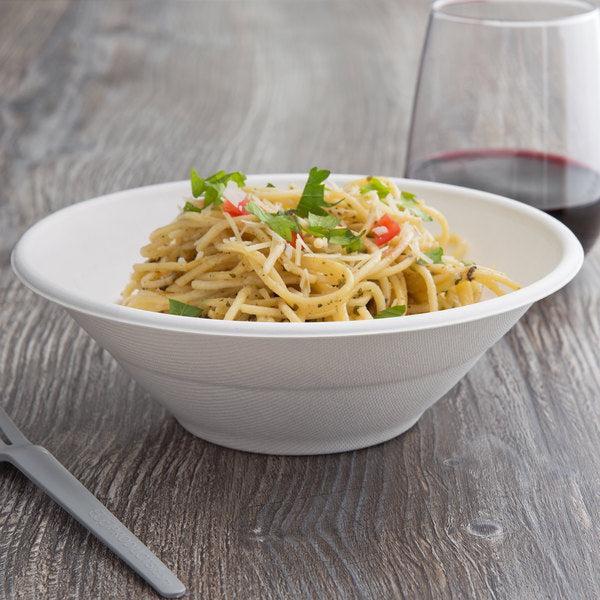Pickles are a delicious and tangy addition to many meals, but achieving the perfect crispness can be challenging. If you've ever ended up with soft or mushy pickles, you’re not alone. The good news is that with the right techniques, you can make and can crunchy, flavorful pickles every time. This guide will walk you through everything you need to know about how to can crispy pickles, from choosing the best cucumbers to using the right ingredients and processing methods.
- How to Make Homemade Canned Dill Pickles
-
How Long Pickles Last: Shelf Life, Storage, and Spoilage Signs
Can't My Cannedles Stay Crispy? Understanding the Science
The Impact of Heat on Cucumber Texture
When cucumbers undergo the heat of the canning process, their cell walls begin to break down. This breakdown is primarily caused by the temperatures that cucumbers experience during boiling and sealing. As the heat penetrates the cucumbers, the enzymes responsible for maintaining their structure become less effective, leading to a mushy texture.
The Role of Pectin and Cell Structure
Cucumbers contain pectin, a natural substance that helps plant cells stay firm. During the pickling process, especially when exposed to high temperatures, pectin can be damaged, causing the cucumbers to lose their crispness. Understanding pectin's role is crucial; the more pectin that remains intact, the crisper the pickle.
Common Mistakes that Lead to Soft Pickles
Several common errors have the potential to soften your pickles:
- Not using the right cucumbers: If you use overripe or inferior quality cucumbers, their texture will suffer.
- Skipping the brining process: This contributes to flavor but also helps maintain crispness.
- Overcrowding jars: When jars are overcrowded, heat doesn’t circulate effectively, leading to uneven cooking.

The Secret Ingredients and Techniques for Crispy Pickles
Choosing the Right Cucumbers
Best Cucumber Varieties for Pickling
For optimal crispiness, stick to pickling varieties like Kirby or Persian cucumbers. These types have thicker skins and lower water content, making them ideal for preservation.
Selecting Fresh and Firm Cucumbers
Look for cucumbers that are firm to the touch, dark green in color, and free from blemishes. Fresh cucumbers will have a smoother surface and a good snap when bent.
The Importance of Brine Ingredients
The Role of Vinegar and Acidity
The acidity of vinegar not only contributes to flavor but also aids in preserving the texture of pickles. A higher acid content helps keep the cucumbers more crisp, inhibiting the growth of softening bacteria.
The Necessity of Canning Salt
Canning salt, or pickling salt, is critical for maintaining crispness. Unlike table salt, which can contain additives, canning salt dissolves cleanly and helps avoid cloudiness in your brine.
Sugar for Flavor and Crispness
Adding sugar can enhance the flavor profile of your pickles and may contribute to a firmer texture. It balances out the acidity and can make for a more enjoyable eating experience.
Spices for Flavor (Dill, Garlic, etc.)
Spices such as dill and garlic not only add flavor but also contribute to the overall pickling process. Their natural properties can enhance the brine while keeping the cucumbers crisp.
Traditional Crisping Agents: Alum
How Alum Works
Alum, a traditional pickling agent, is believed to help retain cucumber crispness by firming up the tissues. When added to the brine, it works to keep vegetables crunchy throughout the pickling process.
Considerations and Potential Drawbacks
While alum can be effective, consider its potential drawbacks. Too much alum can lead to an unpleasant metallic taste, making it essential to follow recommended amounts closely.

The Modern Solution: Calcium Chloride
How Calcium Chloride Enhances Crispness
Calcium chloride is often used in commercial pickling because it is effective at maintaining turgidity in cucumbers. It does this by providing calcium ions, which help stabilize cell walls.
Safe Usage Guidelines
When using calcium chloride, it’s important to follow usage guidelines closely. Typically, adding about 1/2 teaspoon per quart of brine is effective. Always dissolve it in the brine before adding your cucumbers.
Natural Crispness Boosters
The Magic of Grape Leaves and Tannins
Grape leaves are known to contain tannins, which help keep pickles crisp. By adding a few leaves to your jar, you take advantage of their natural preservative qualities.
Using Black Tea Bags for Added Crispness
Another surprising trick is using black tea bags in the brine. The tannins in tea can also contribute to maintaining the firmness of pickles. This method adds a subtle flavor and texture to your pickles.
Essential Preparation Techniques for Maximum Crispness
Soaking Cucumbers in Ice Water
Soaking freshly washed cucumbers in ice water for several hours can also enhance their crispness. This process allows the cucumbers to absorb water, prepping them for the brining phase before canning.
Trimming the Blossom End
The blossom end of the cucumber contains enzymes that can lead to softening during pickling. Trimming about 1/4 inch from the blossom end before soaking can help ensure your pickles stay crisp by removing these enzymes.

Step-by-Step Guide: Canning Crispy Dill Pickles
Gathering Your Canning Supplies
To ensure a successful canning experience, start by collecting all the necessary supplies.
Canning Jars, Lids, and Rings
- Choose glass canning jars that are specifically designed for preserving. Standard sizes include pint and quart jars.
- Lids should be new for each canning session to ensure a proper seal. Reusable lids can be found, but their effectiveness may vary depending on the brand.
- Rings can be reused, provided they are in good condition without any dents or rust.
Water Bath Canner and Rack
- A water bath canner is essential for safely processing your jars. It typically comes with a fitted lid and a wire rack that holds the jars in place during boiling.
- Ensure the canner is large enough to hold the jars without overcrowding, allowing water to circulate freely.
Jar Lifter, Funnel, Bubble Popper/Headspace Tool
- A jar lifter is crucial for safely removing hot jars from boiling water without risking burns or drops.
- A wide-mouth funnel helps fill the jars without making a mess, particularly when transferring your pickling brine.
- A bubble popper or headspace tool is handy for removing air bubbles after packing cucumbers and helps maintain the proper headspace.
Preparing the Pickling Brine
The pickling brine is the heart of your canned pickles. Proper preparation is key to achieving the desired taste.
Exact Measurements for Vinegar, Water, and Salt
- A basic brine consists of equal parts vinegar and water. A common ratio is 1 cup of vinegar to 1 cup of water for every pint jar.
- Use pickling salt, as it dissolves easily and doesn’t contain additives that may cause cloudiness in the brine.
Adding Spices and Flavorings
- A classic dill pickle spice blend includes mustard seeds, dill seeds, and crushed red pepper flakes. Customize your brine with garlic, bay leaves, or peppercorns for an extra kick.
- Experimenting with spices can lead to delightful variations, so feel free to adjust to your taste.
Preparing the Cucumbers
The quality of your cucumbers directly impacts the final product, so take your time with preparation.
Washing and Cutting (Spears, Slices, or Whole)
- Start by removing any dirt and stems from the cucumbers. Rinsing them under cold water is ideal.
- Decide how you want to cut your cucumbers—spears, slices, or whole—depending on your preference and jar size.
Using a Crisping Agent (Alum or Calcium Chloride - optional)
- For those who prefer extra-crispy pickles, consider adding a crisping agent. Approximate 1/4 teaspoon of alum or calcium chloride per quart jar is typically sufficient.
- Be cautious with the amounts, as excess use can impact flavor.
Packing the Jars
Proper packing is essential to ensure the best preservation and flavor infusion.
Adding Flavorings to the Jars
- Layer your chosen spices at the bottom of each jar before adding cucumbers. This enhances the flavor distribution as they pickle.
- Garlic cloves can also be added at this stage for a robust flavor.
Tightly Packing the Cucumbers
- Pack the cucumbers tightly but be careful not to crush them. This step ensures the brine penetrates thoroughly for flavor absorption.
- Use a spoon or your fingers to adjust cucumbers to fit snugly in the jar.
Leaving the Correct Headspace
- Leave about 1/2 inch of headspace at the top of the jar. This space is necessary to allow for expansion during processing and ensures a good seal.
Removing Air Bubbles and Wiping Jar Rims
Once your jars are packed, it’s crucial to eliminate any air pockets.
Remove air bubbles by gently running the bubble popper down the sides of the jar. This promotes better brine distribution and a proper seal. Wipe the rim of the jars with a clean cloth to remove any residue, which can prevent a proper seal.
Processing in a Boiling Water Bath
Proper processing is essential for food safety.
Ensuring Jars are Fully Submerged
- Place jars in the water bath canner, ensuring they are covered by at least 1 inch of water.
- This ensures uniform heating, creating a safe environment for preservation.
Accurate Processing Time Based on Jar Size and Altitude
- For pint jars, the typical processing time is around 10 minutes, while quart jars may need 15 to 20 minutes.
- Adjust processing times based on your altitude, as higher elevations may require longer processing times to ensure food safety.
Cooling and Checking the Seals
After processing, allow the jars to cool undisturbed on a clean, dry kitchen towel or cooling rack.
Once cooled, check the seals by pressing down in the center of each lid. If the lid doesn’t pop back, you’ve achieved a proper seal. Jars that haven’t sealed should be refrigerated and consumed within a couple of weeks.
Tips and Tricks for Consistently Crispy Canned Pickles
Use Fresh, High-Quality Ingredients
Selecting fresh, firm cucumbers, quality spices, and good vinegar is crucial for optimal flavor and texture.
Don't Overcook the Pickles During Processing
Avoid excessive processing time as it can lead to soft pickles. Stick to recommended times for the best results.
Follow a Tested and Reliable Recipe
Use a well-established canning recipe for assurance in safety and quality. Trusted sources include local extension offices and reputable canning books.
Store Canned Pickles Properly for Best Texture
Store sealed jars in a cool, dark place. Once opened, refrigerate leftovers and consume them within a few weeks for the best crunch.
This guide serves as a solid foundation for canning your crispy pickles. With some practice and adherence to these tips, you can look forward to enjoying your delicious homemade pickles year-round.
Troubleshooting Common Issues with Canned Pickles

Why are my pickles still soft?
Soft pickles can be frustrating, especially when you aim for that perfect crunch. The main reasons for this issue often stem from the choice of cucumbers and the canning process itself.
- Cucumber Selection: Always choose fresh, firm cucumbers. The best pickles come from pickling cucumbers, which have a thicker skin and less water content than regular cucumbers. Those with a blossom end (the flower part) should have this end cut off, as it contains enzymes that can lead to softness.
- Processing Time: Over-processing jars during the canning phase can also result in mushy pickles. It’s essential to follow the recommend processing times in your recipe carefully.
Incorporating a crisping agent like calcium chloride can also contribute to firmness.
What if my brine is cloudy?
A cloudy brine can signal several things but is commonly caused by the accumulation of sediments or leftover spices.
- Sediment from Spices: To minimize cloudiness, use a fine strainer when pouring brine over your pickles.
- Temperature Changes: If your canned pickles have undergone drastic temperature changes, this can also result in a cloudy appearance.
Cloudiness does not indicate that your pickles are unsafe to eat, but it can affect visual appeal and flavor clarity.
Can I recan pickles that didn't seal?
If you notice that the seal on your jars has failed, don’t panic; you can still save your pickles.
- Reprocessing Sealed Jars: First, check that the contents are still good. If they smell off or show signs of spoilage, it’s best to discard them. If they are still viable, simply reheat your pickles and brine and follow proper canning procedures again.
- Refrigerate or Consume Immediately: If you're unable to recan them, store jars in the refrigerator and consume the pickles within a few weeks.
Variations and Flavor Ideas for Crispy Canned Pickles
Crispy Sweet Pickles
For those with a sweet tooth, crispy sweet pickles are a delightful alternative. The sweetness of sugar blends perfectly with the tartness of vinegar.
- Recipe Basics: Use basic pickling ingredients, adding sugar to the brine until you reach the desired sweetness level.
- Flavor Additions: Adding cloves, cinnamon sticks, or even a touch of vanilla can elevate the flavor profile.
Spicy Crispy Pickles
For those who crave heat, spicy crispy pickles deliver that satisfying kick.
- Heat Elements: Incorporate red pepper flakes, sliced jalapeños, or even a splash of hot sauce into your brine.
- Taste Balance: The spice should enhance, not overpower, the classic pickle flavor; be cautious with quantity.
Bread and Butter Crispy Pickles
A favorite among many, bread and butter pickles are sweet and tangy, a perfect accompaniment to sandwiches and burgers.
- Simple Sweet and Sour Base: Like sweet pickles, use sugar in conjunction with vinegar but add onions to the mix for extra flavor.
- Serving Suggestions: Serve these as a side dish or on a charcuterie board for an inviting presentation.
Conclusion: Enjoy Your Homemade Crunchy Pickles!
Making your own canned pickles can be a rewarding endeavor. By ensuring you troubleshoot common issues and explore different flavor variations, your homemade crispy pickles can become the star of any meal. Remember, the key to achieving that crunch lies in proper preparation, the right ingredients, and a little bit of practice.
FAQ:
Q1: What is the best way to ensure my canned pickles are crispy?
A: Using a crisping agent like calcium chloride, trimming the blossom ends of cucumbers, and soaking them in ice water are key steps.
Q2: Can I make crispy canned pickles without using any special ingredients like alum or calcium chloride?
A: Yes, using very fresh, small cucumbers, ensuring proper processing time, and potentially adding grape leaves can help achieve a good level of crispness.
Q3: How long do crispy canned pickles typically last?
A: When properly canned and stored in a cool, dark place, homemade pickles can last for 12-18 months.
Q4: My canned pickles were crispy at first but softened over time. What could have gone wrong?
A: This could be due to over-processing, improper storage, or using cucumbers that were not fresh. Ensure you follow the recipe's processing time and store jars correctly.



